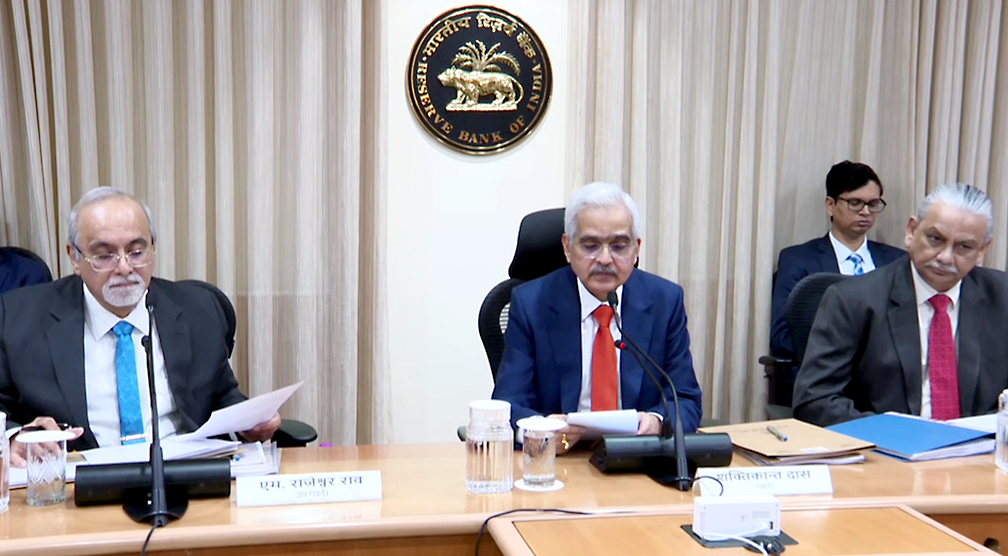Business Strategy with Hirav Shah By giving customers something of value, whether it’s a free sample, a discount, or exclusive content, businesses can create a sense of goodwill that encourages customers to reciprocate with their business

Reciprocity is a powerful concept that can help businesses build strong relationships with their customers. By giving something of value to customers, businesses can create a sense of obligation and encourage them to reciprocate with loyalty and positive word-of-mouth. In this article, we’ll explore how reciprocity works and how you can use it to improve your marketing strategy.
What is reciprocity and why does it work?
- Reciprocity is the idea that when someone does something nice for us, we feel obligated to do something nice in return.
- This is a fundamental aspect of human behavior and is deeply ingrained in our social norms and values.
- When businesses apply reciprocity in their marketing strategy, they can create a positive customer experience that fosters loyalty and trust.
- By giving customers something of value, whether it’s a free sample, a discount, or exclusive content, businesses can create a sense of goodwill that encourages customers to reciprocate with their business.
Examples of reciprocity in marketing.
- There are many ways to incorporate reciprocity into your marketing strategy.
- One common example is offering a free trial or sample of your product or service.
- This not only gives customers a chance to try before they buy, but it also creates a sense of obligation to reciprocate by making a purchase.
- Another example is offering exclusive content or discounts to customers who sign up for your email list or follow you on social media.
- By providing something of value, you can create a positive customer experience that encourages loyalty and repeat business.
How to apply reciprocity in your marketing strategy.
- To apply reciprocity in your marketing strategy, start by identifying ways to provide value to your customers.
- This could be through offering free resources, providing exceptional customer service, or giving exclusive discounts or promotions.
- Make sure that your gestures of reciprocity are genuine and not just a ploy to get customers to buy from you.
- By creating a positive customer experience, you can build trust and loyalty with your audience, leading to long-term success for your business.
The benefits of using reciprocity in your business.
- Incorporating reciprocity into your marketing strategy can have numerous benefits for your business.
- By providing value to your customers, you can build trust and loyalty, leading to repeat business and positive word-of-mouth referrals.
- Additionally, customers are more likely to feel positively about your brand and may be more forgiving of any mistakes or issues that arise.
- Overall, using reciprocity can create a positive customer experience and help your business thrive.
Measuring the success of your reciprocity efforts.
- To measure the success of your reciprocity efforts, you can track metrics such as customer retention rates, repeat business, and customer satisfaction scores.
- You can also monitor social media mentions and reviews to see if customers are sharing positive experiences with your brand.
- Additionally, conducting surveys or focus groups can provide valuable feedback on how customers perceive your efforts and what areas could be improved.
- By regularly measuring and analyzing these metrics, you can continue to refine and improve your reciprocity strategy for maximum impact.
The writer is a well-known Astro Strategist, Validation Expert and International Best-Selling Author
Email: [email protected]


























